1. Why is the use of test methods cause and effect diagram test cases?
Design method decision table of test case design process, there is a constraint considered input and the input constraints, without taking into account the constraints between input and output. Simple business logic can determine the table to solve complex constraints not for you.
2, What is the cause and effect diagram design method?
FIG cause test software design process, the constraints used to describe the relationship between the input and the input is present, input and output.
For requirements specification, the causes and effects of four categories divided into two groups: input and output, input and input.
The relationship between input and output are: identity, NOT, AND, OR
Identity: If the input condition occurs, will produce a corresponding output, if the input condition does not occur, will not produce a corresponding output

Non-: If the input condition occurs, will not produce a corresponding output, if the input condition does not occur, will produce a corresponding output

And: a plurality of input conditions, condition occurs only when all input, will produce a corresponding output
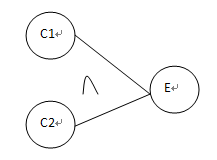
Or: a plurality of input conditions, as long as there occurs a, will produce a corresponding output.
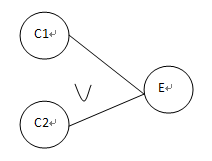
The same is present between the input and the input exclusive, or only, four kinds of requirements relationship
Iso (all input conditions most one occurs, one of the conditions can not occur)
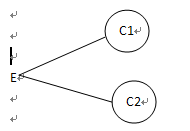
Or (all input conditions at least one input condition occurs, multiple conditions may coexist)
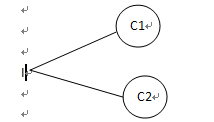
The only (all input conditions and only one occurrence)
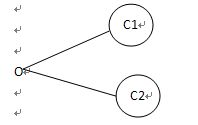
Required (all input condition which is a condition occurs, the other input also occurs)
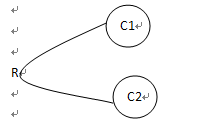
3, cause and effect diagram design test cases steps?
First, according to the determined demand causes (inputs) and results (output)
Second, the relationship between the relationship between input and output requirements, the input to the input, shown in FIG causal
Third, the determination table shown, in accordance with FIG cause, to give a final determination table final
Fourth, obtained by the embodiment according to the determination rule table, test case design method in conjunction with the refinement equivalence classes and boundary value
4, cause and effect diagram design advantages and disadvantages of test cases?
Advantages: test helps designers to quickly understand the needs, be understood that business logic, and rapid design decision table, to give the desired test, causality complex systems, the method can be employed
Cons: pay attention to the rules in the course of scale usage rules
5, an example of cause and effect diagram design test cases?

The first step: Identify the input (the cause) and output (result) on demand
Input (cause): The first column is A (C1) is a first column of B (C2) is a digital second column (C3)
Intermediate node: as a first A or B (C12)
Output (fruit): output M (E1), to modify the file (E2), the output L (E3)
Step two: the reasons for the same type together, the intermediate node is wired up for similar reasons, the result in the corresponding opposite. Easy connection
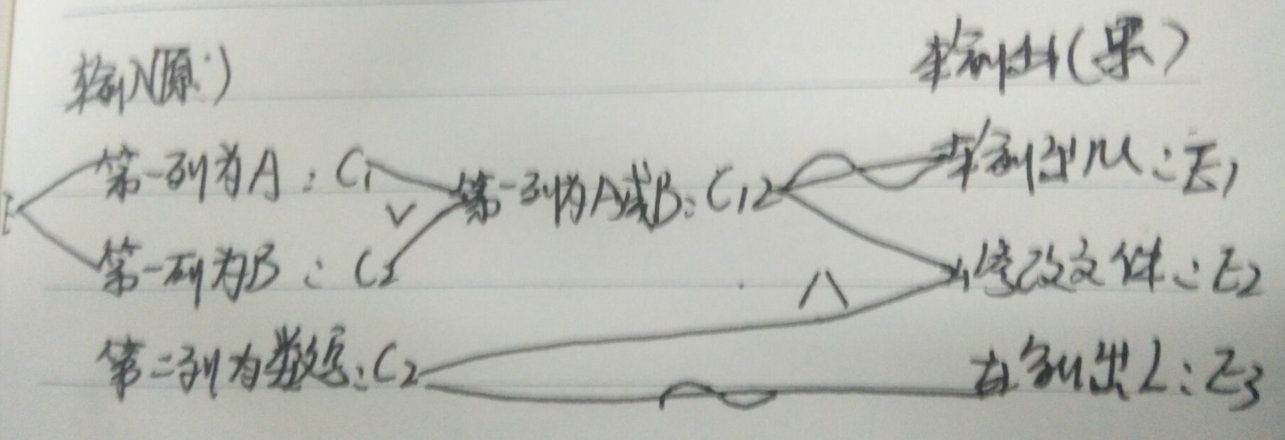
The third step: The causality determination table shown in FIG input and output, based on the relationship does not meet the rule input and the input causal table of FIG removed

Fourth: The decision table rule extraction test, write test cases, equivalence partitioning and boundary values of the test and refine replenishment
Turn: https://www.cnblogs.com/yangyangchunchun/p/8991364.html